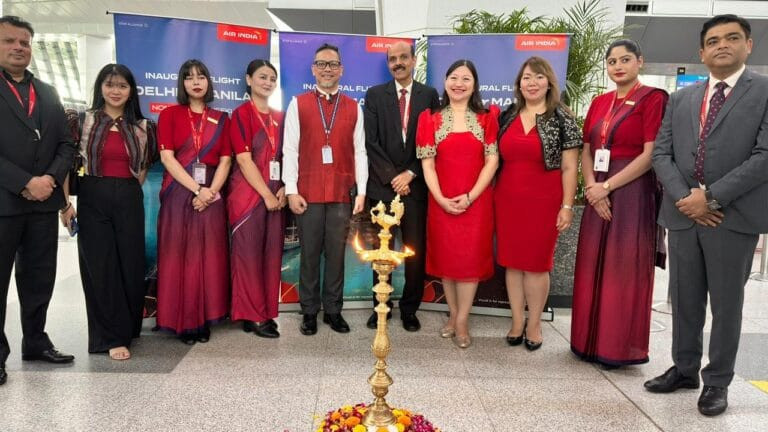Air India’s has launched the first non-stop service between Delhi and Manila, opening a direct air cargo bridge between two fast-growing economies. Although the route was framed primarily in the context of tourism and people-to-people exchange, the cargo dimension is critical. India exported US$700 million worth of pharmaceuticals to the Philippines in 2024, with bulk drugs, vaccines and formulations dominating the basket.
For these products, cold-chain integrity is non-negotiable: a single temperature excursion can compromise entire consignments. Direct air connectivity offers both speed and predictability, reducing exposure to disruptions at regional hubs.
On the reverse leg, the Philippines’ exports are led by electronics and semiconductors, which account for nearly 60 per cent of its total outbound trade, according to the Philippine Statistics Authority. India’s expanding electronics manufacturing sector, bolstered by government incentives under the Production-Linked Incentive (PLI) scheme, provides a ready market for these imports. This creates a natural two-way trade lane centred on high-value, low-weight commodities that are well suited to airfreight.
According to WorldACD, air cargo volumes between India and the Philippines exceeded 23,000 tonnes in 2024, the majority routed through hubs such as Singapore, Hong Kong and Bangkok. A direct non-stop connection could cut transit times by six to eight hours, providing shippers with an alternative to third-country transhipment.
South–South trade and supply chain resilience
The significance of this route also lies in broader geopolitical and trade dynamics. Both India and the Philippines are members of the Indo-Pacific Economic Framework (IPEF), which seeks to diversify supply chains and reduce dependence on single-region hubs. With global trade flows increasingly fragmented by tariff disputes and geopolitical uncertainty, direct aviation links create resilience for exporters in both countries.
With the recent developments on the trade war, it has been identified by the industry think tanks that, direct connectivity between Delhi and Manila reduces exposure to congestion and tariff volatility in intermediary hubs. For sectors like pharma and perishables, predictability is as important as cost, and this service addresses both dimensions.
Operational realities
Air India will deploy the Airbus A321LR on the Delhi–Manila route. With a three-class cabin configuration, the aircraft is designed primarily for passenger service. However, it offers 12–15 tonnes of bellyhold capacity per flight, which could be strategically important for pharma consignments, express parcels and perishables.
Although the service does not replicate the scale of a dedicated freighter, bellyhold consistency may prove valuable in markets underserved by all-cargo operators. If demand grows, industry analysts suggest that Air
India could consider deploying widebody aircraft, offering expanded cargo uplift, or collaborating with Philippine carriers to establish code-shared or interline cargo solutions.
Manila’s Ninoy Aquino International Airport presents both opportunities and constraints. As the Philippines’ primary gateway, it already faces congestion pressures, but it also functions as a critical redistribution hub to the country’s 7,600-plus islands. Efficient international connectivity into Manila could support last-mile distribution across the archipelago, giving Indian exporters faster access to retail and healthcare markets.





